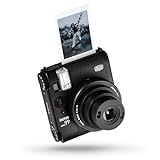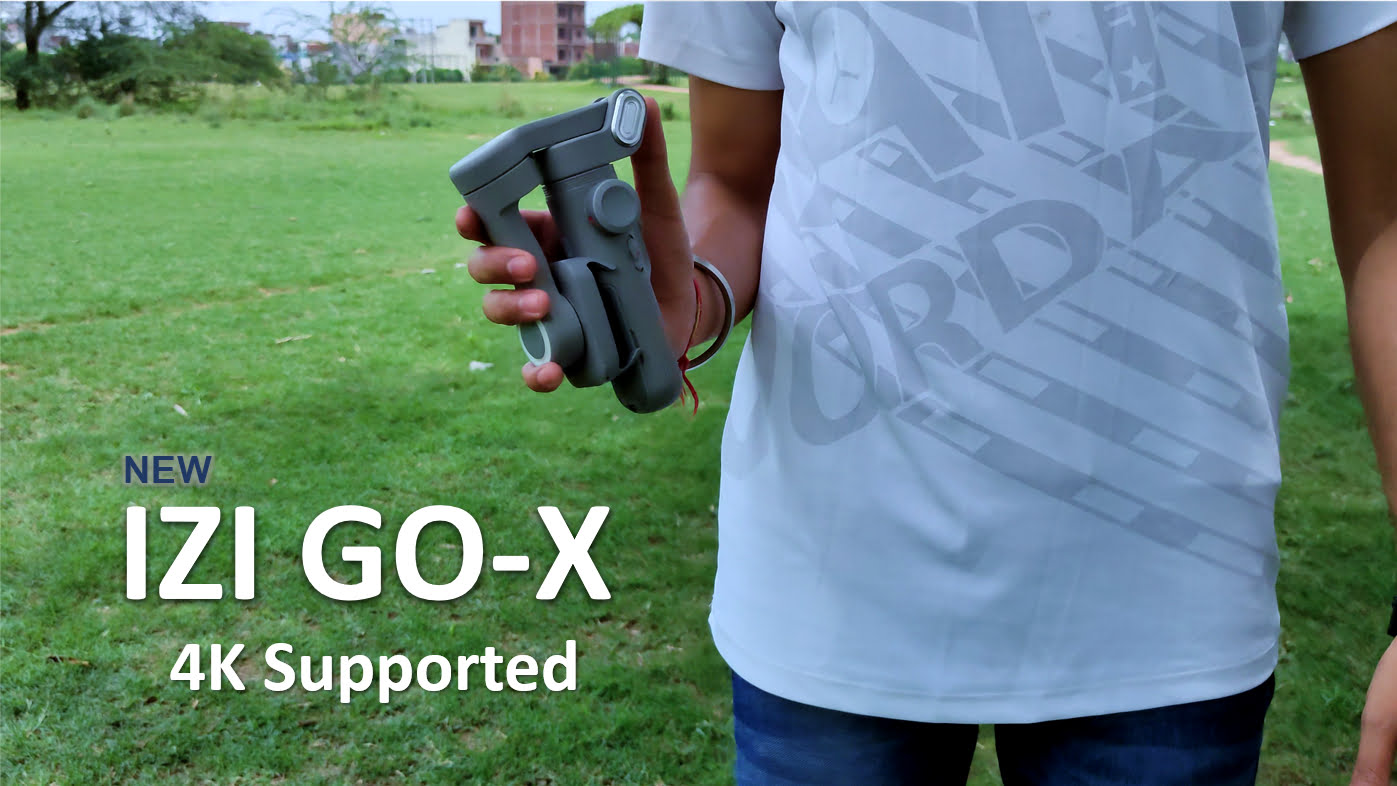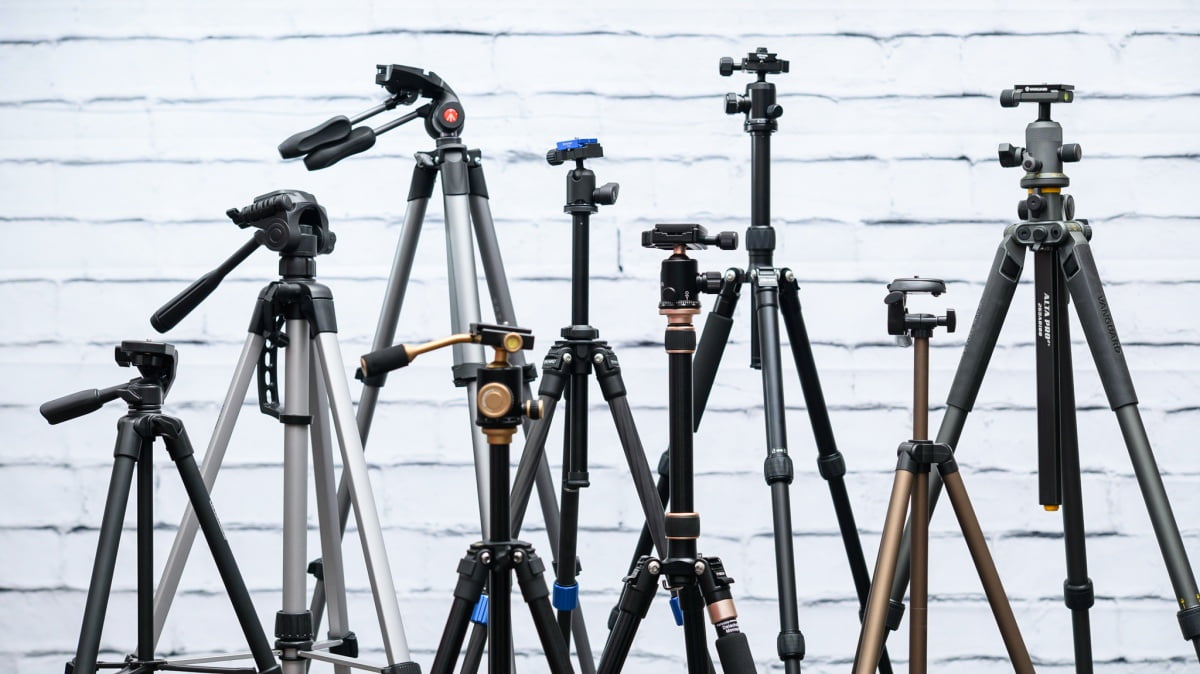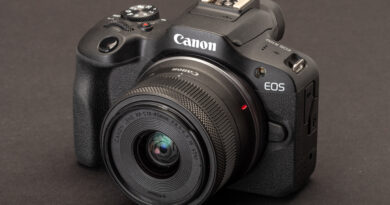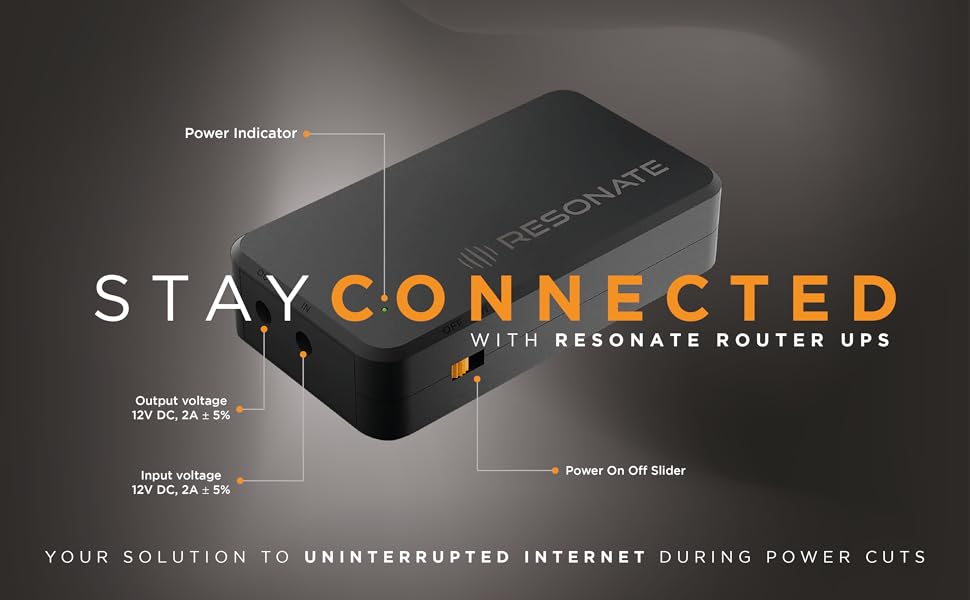In conclusion, mobile cinematography has revolutionized the way we capture and create video content. With the right techniques, apps, and mindset, you can unlock the full potential of your smartphone and produce stunning cinematic footage that tells compelling stories and captivates audiences.
Mobile cinematography refers to the art of capturing high-quality video content using smartphones. With the rapid advancement of mobile technology, smartphones have become increasingly capable of producing cinematic footage that rivals traditional cameras.

The benefits of mobile cinematography include:
- Convenience: Smartphones are always with us, making them the perfect tool for spontaneous filming.
- Cost-effectiveness: No need for expensive equipment or crew.
- Intimacy: Smartphones allow for a more personal and intimate connection with the subject.
- Flexibility: Easy to experiment with unique angles and perspectives.
To achieve professional-looking results, consider the following tips:
- Use good lighting: Natural light or invest in a mobile lighting kit.
- Invest in a gimbal or stabilizer for smooth footage.
- Pay attention to sound quality: Use an external microphone if necessary.
- Edit and color grade your footage to enhance the visual aesthetic.
Mobile cinematography has democratized the art of filmmaking, allowing creators to produce high-quality content on a budget. Whether you’re a budding filmmaker, a content creator, or simply a smartphone enthusiast, mobile cinematography offers endless possibilities for creative expression.
Its equipment’s
Mobile cinematography has evolved significantly, and various equipment can enhance the quality and versatility of smartphone filmmaking. Here are some essential and advanced equipment for mobile cinematography:
Essential Equipment:
- Smartphone: A recent high-end smartphone with a good camera and image stabilization.
- Gimbal or Stabilizer: For smooth footage and reduced camera shake.
- Lens Attachments:
- Wide-angle lens for broader shots
- Telephoto lens for close-ups
- Macro lens for extreme close-ups
- Lighting:
- Natural light or a basic lighting kit (key, fill, and backlight)
- Microphone: Built-in or external (e.g., lavalier or shotgun mic) for better sound quality
- Tripod: For stable shots and time-lapses
Advanced Equipment:
- External Cameras: Like action cameras or mirrorless cameras, for more flexibility
- Camera Rigs: For mounting multiple devices or accessories
- Follow Focus: For precise control over focus and aperture
- Matte Box and Filters: For controlling light and achieving specific effects
- Remote Control or Camera App: For easier camera control and monitoring
- Power Solutions: External batteries or power banks for extended shooting
- Editing Software: Advanced apps like Adobe Premiere Pro or Final Cut Pro for post-production
- Color Grading Tools: For precise color correction and grading
- Sound Design Equipment: For advanced audio editing and mixing
- Drone: For aerial shots and unique perspectives
Some popular brands for mobile cinematography equipment include:
- DJI (gimbals and stabilizers)
- Moment (lens attachments and cases)
- Zhiyun (gimbals and stabilizers)
- Rode (microphones and audio equipment)
- Joby (tripods and stabilizers)
Remember, the key to great mobile cinematography is understanding your equipment and using it creatively to tell compelling stories.



